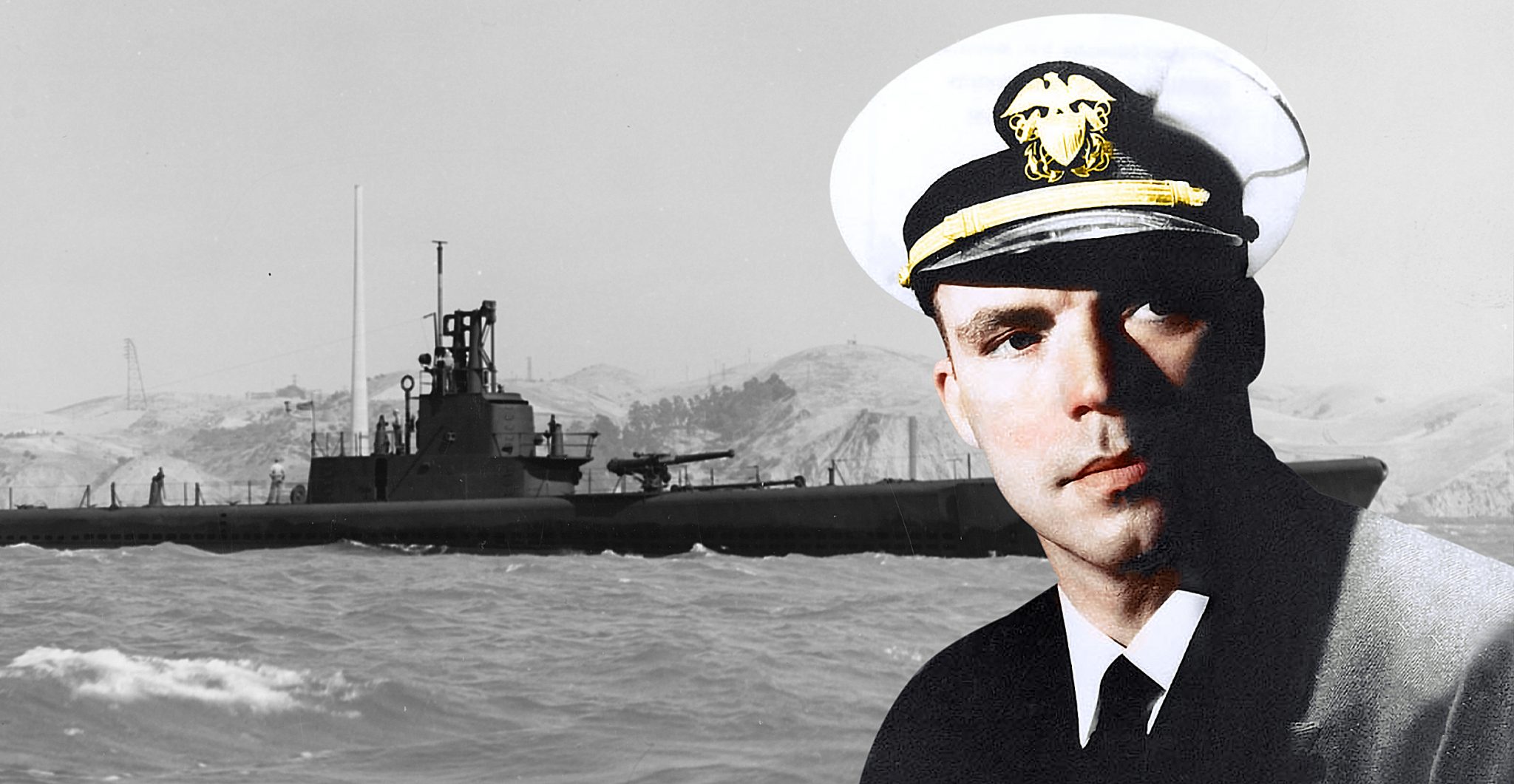Submarines use torpedoes to sink ships. This is something that everyone knows and accepts. But while this fact applies to almost all of the campaigns by the USS Wahoo, the commander of the Wahoo discovered that Molotov cocktails also worked well.
The USS Wahoo was a US Navy submarine of the Gato-class. The building of the submarine began before American engagement, but she was only used after military campaigns began. The Wahoo was to be active in the Pacific arena, but the submarine would only become famous when Dudley Morton took the helm.
Dudley Morton was born in Kentucky in 1907 and entered the United States Naval Academy in 1926. When he graduated, he was commissioned and served in Chicago and Saratoga. Upon his promotion to lieutenant, he attended Submarine School in 1933.
Prior to the assignment that would make him a legend, he served on various naval vessels. In 1942, he became a lieutenant commander and reported to SubRon 4 as a Prospective Commanding Officer (PCO).
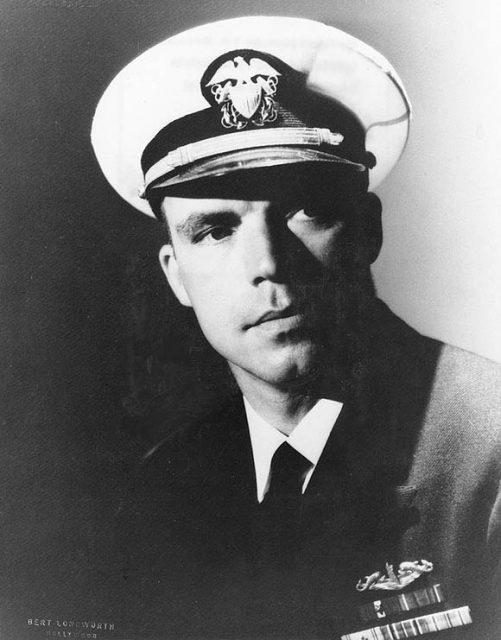
Following a brief assignment to the USS Dolphin, he would arrive as a PCO. This was done to prepare him for command of a fleet boat. He was placed under Lieutenant Commander Kennedy.
The first mission by the vessel under Kennedy was considered to be a failure. The first torpedoes fired missed their target and a second firing was also ineffective.
The second mission proved to be as dismal and led to Kennedy being replaced by Morton.
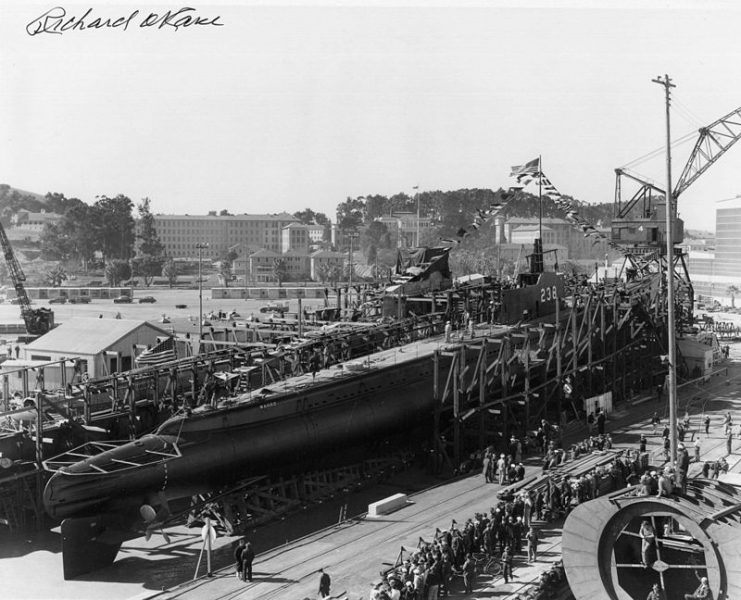
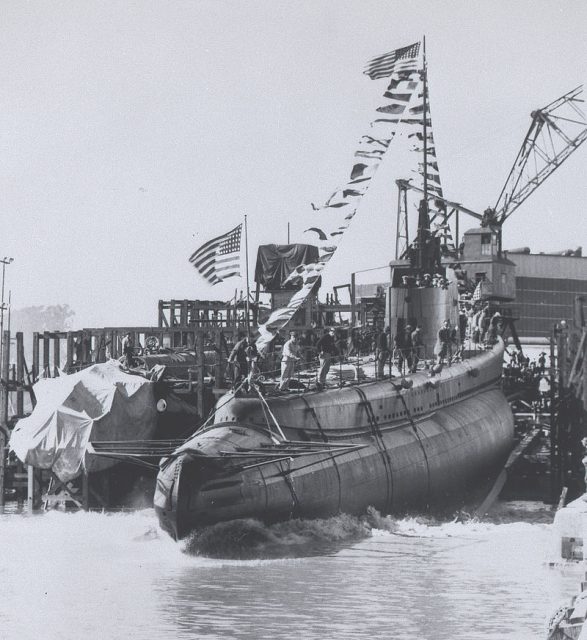
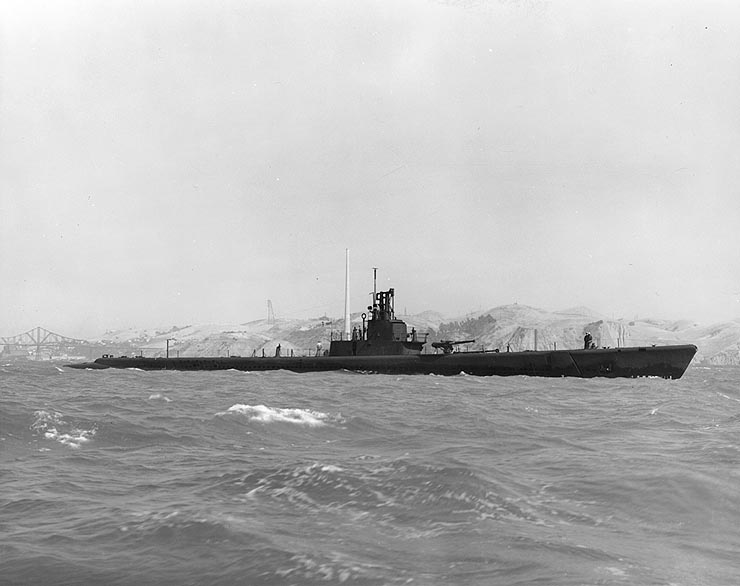
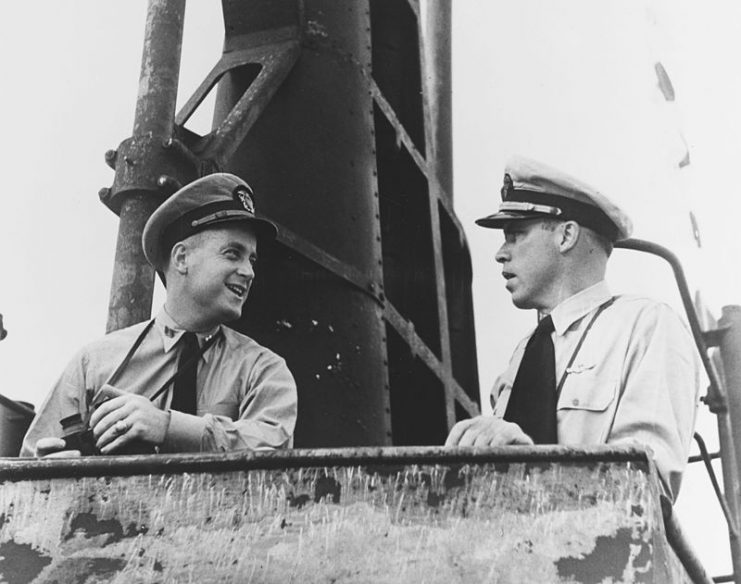
Today, the USS Wahoo is remembered as a combative and outstanding vessel, and this was largely due to Morton. During his first mission at the helm, the submarine would complete the controversial action of firing at the Buyo Maru, an enemy transport.
This was not problematic under the rules of war, and the people on the ship headed for lifeboats. The controversy came when the submarine started shooting at the soldiers in the lifeboats. These survivors were misidentified as Japanese and were actually Indian POWs.
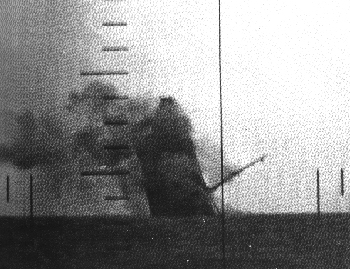
There is also some controversy regarding whether or not Morton opened fire on troops in the open sea.
This action was to be a black mark on Morton’s impressive service record. Along with another action, this is what the vessel and her commander would be known for. The second event happened in the next mission the submarine undertook.
The Korea Bay was the next area the submarine was sent to. The submarine stopped for fueling at Midway Island where the crew found Molotov cocktails that the marines had used. Morton loaded some of the Molotov cocktails into the hold before heading off.
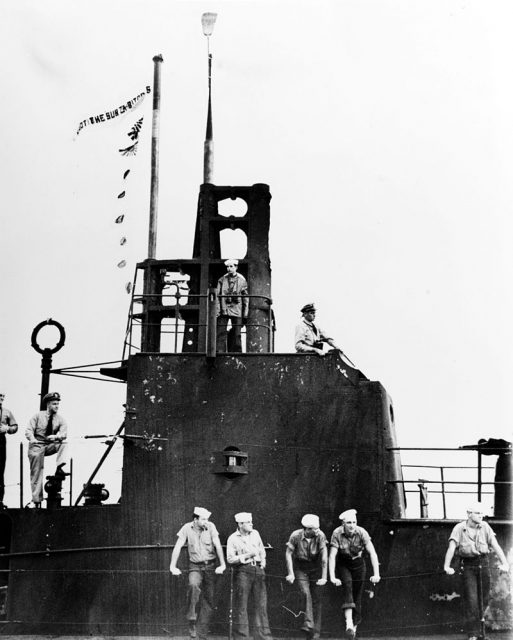
In the first half of March 1943, Morton and the USS Wahoo sank nine ships before sighting a 100-ton trawler. Morton called for the deck gunnery to be used, but all three failed during the assault. Creativity was now the order of the day with the commander coming up with a novel idea.
Morton pulled his vessel alongside the trawler while the submarine crew ran to the upper decks. Once in place, the sailors started to throw the marine-made Molotov cocktails onto the trawler. The trawler was left wrecked, gushing smoke and flames.
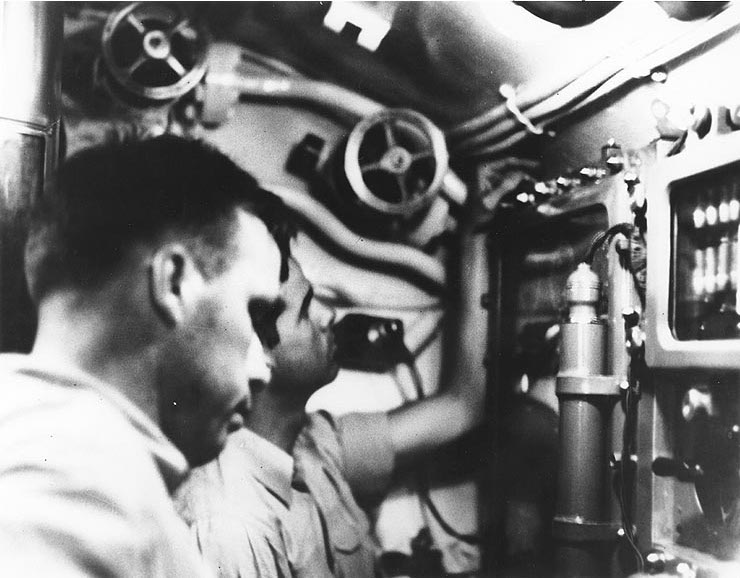
After this fourth patrol, the Korea Bay was littered with burning ships and wreckage. American intelligence received reports stating that enemy command believed a wolf pack had attacked the area. The truth was that it was only one US vessel under the control of Dudley Morton.
The first three missions under Morton placed this submarine in a place of honor. The submarine had a record of excessive damage to enemy forces.
The amount of time such damage had taken was also impressive, as Morton caused a total of 94,778 tons sunk and 31,380 tons of damage done in just 25 days.
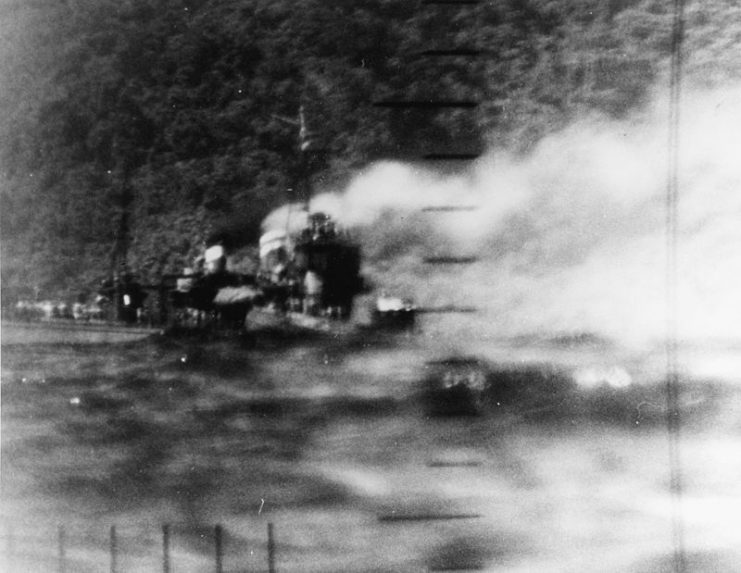
September 1943 would mark the last time Morton would command his submarine on a mission. Morton and his crew were assigned the dangerous task of penetrating the Sea of Japan.
On October 11, the Japanese initiated a bomb and depth charge campaign throughout the day. This was when the Wahoo should have been heading out of the Soya Strait.
According to Japanese records, a breached submarine was spotted and fired upon by aircraft. This is believed to be the USS Wahoo which was announced as late on 2 December 1943. The submarine was stricken from the Naval Vessel Register on December 6, 1943.
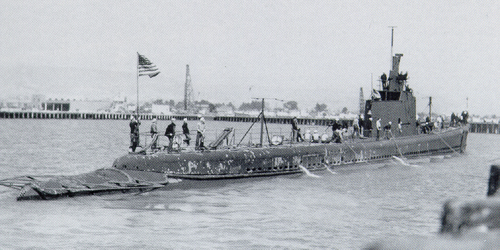
Read another story from us: USS England Destroyed an Entire Squadron of Japanese Submarines
All hands were inside the submarine when it was hit. The official announcement of death for Dudley Morton would occur on 7 January 1946. He would later be remembered by Vice Admiral Charles Lockwood Jr. as a natural leader and born daredevil.
Morton controlled the best submarine in the fleet for a few months and became a legend, but never received the Medal of Honor.
